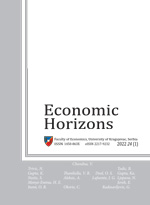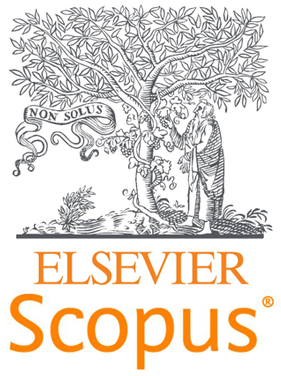MONETARY STAGES AND FRAMEWORKS OF EMERGING EU MEMBERS
Emilija Beker Pucar and Olgica Glavaski
Faculty of Economics in Subotica, University of Novi Sad, Novi Sad, The Republic of Serbia
The paper reviews the monetary stages and frameworks towards the eurozone (EZ) for emerging EU members. At the first pre-EU stage, three monetary frameworks were identified, whereas at the second pre-EZ stage, the emerging EU members combined ER targeting with the rigid/fixed exchange rate regimes (ERRs), on the one hand, and inflation targeting (IT) with the Exchange Rate Mechanism (ERM II), on the other. The last stage of monetary convergence assumes monetary nonautonomy within the monetary union as a rigid ERR, where the ER and monetary policies are sacrificed as countercyclical instruments. Countries with rigid ERRs are more prone to macroeconomic overheating, performing worse under a crisis impact compared to the floaters. The difficulties to maintain stability under a rigid ER environment, such as the monetary union, as well as the inherent vulnerabilities of the EZ, are crucial for the delayed entry of some EU members into the ERM II.
Keywords: eurozone, exchange rate mechanism, monetary convergence, adjustment mechanisms, monetary and exchange rate regimes
JEL Classification: E52, F15, F45




